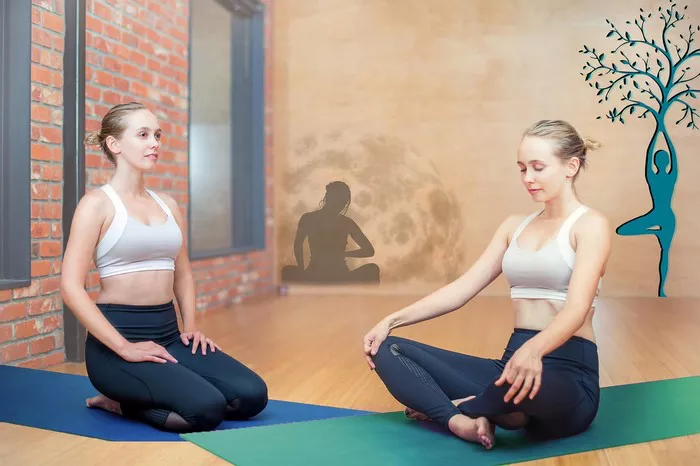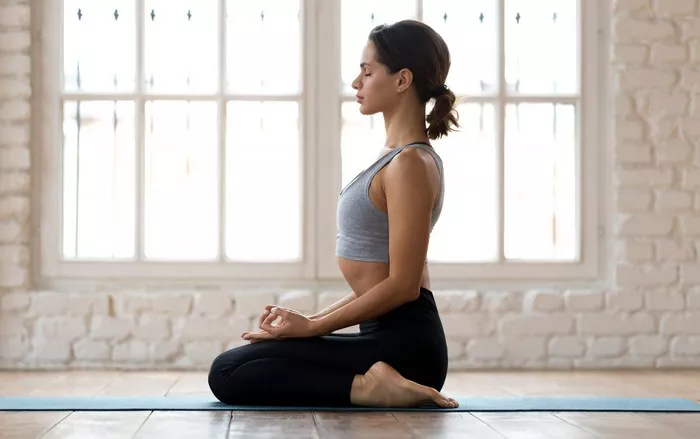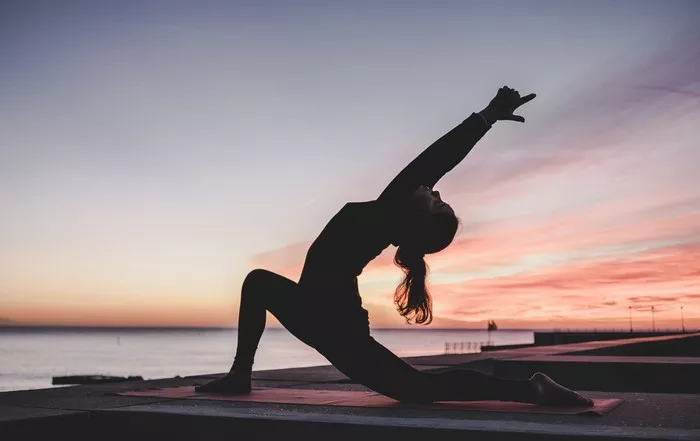Kundalini Yoga is a dynamic and powerful practice that combines movement, breathwork, mantra chanting, and meditation to awaken the energy located at the base of the spine. Unlike other yoga traditions that emphasize physical postures (asanas) as the primary focus, Kundalini Yoga incorporates a vast range of kriyas—sequences of movements, breath control, and sound vibrations—each designed to enhance energy flow and promote spiritual awareness.
While traditional Hatha or Ashtanga Yoga practices are built around a fixed number of poses, Kundalini Yoga does not have a definitive number of poses in the same way. However, it employs hundreds of unique postures and movements, each integrated into specific kriyas. These kriyas serve distinct purposes, such as strengthening the nervous system, balancing the chakras, and elevating consciousness.
Understanding Kundalini Yoga Poses
In Kundalini Yoga, individual poses are often used in combination with breathwork (pranayama) and chanting (mantra) to form a kriya. Some poses may resemble traditional yoga postures, while others involve repetitive movements to stimulate energy flow. Below is an exploration of some of the key poses commonly found in Kundalini Yoga:
1. Easy Pose (Sukhasana)
One of the foundational poses in Kundalini Yoga, Easy Pose is used for meditation, pranayama, and mantra chanting. Sitting with a straight spine, legs crossed, and hands resting on the knees promotes grounding and enhances energy alignment.
2. Rock Pose (Vajrasana)
Sitting on the heels with the spine straight, Rock Pose aids digestion and improves posture. This position is frequently used for breathing exercises and meditation practices in Kundalini Yoga.
3. Lotus Pose (Padmasana)
A classic meditative posture, Lotus Pose is used in many Kundalini kriyas. Sitting with crossed legs and feet placed on the opposite thighs enhances focus and deepens meditation.
4. Spinal Flex (Seated Cat-Cow)
A dynamic movement where the spine alternates between an arched and rounded position. This movement, often performed in Easy Pose or Rock Pose, increases spinal flexibility and stimulates the flow of Kundalini energy.
5. Cobra Pose (Bhujangasana)
This backbend strengthens the spine, opens the heart, and stimulates energy centers along the body. In Kundalini Yoga, it is often paired with rhythmic breathing techniques to enhance its effects.
6. Stretch Pose
Performed by lying on the back with the legs lifted a few inches off the ground while engaging the core muscles, Stretch Pose strengthens the abdominal region and builds energy resilience.
7. Ego Eradicator
A powerful arm position used with Breath of Fire (rapid nasal breathing), Ego Eradicator is performed by raising the arms at a 60-degree angle with the fingers curled and thumbs pointing upward. This practice clears mental blocks and expands lung capacity.
8. Archer Pose
A warrior-like stance that strengthens the legs, arms, and focus. Archer Pose is used to build confidence and determination in Kundalini Yoga.
9. Sat Kriya
One of the most fundamental kriyas, Sat Kriya involves sitting on the heels in Rock Pose while raising the arms overhead and chanting “Sat Nam.” This practice strengthens the navel center and awakens Kundalini energy.
10. Frog Pose
A dynamic squatting movement that strengthens the legs, stimulates the lower chakras, and improves flexibility. It is often performed in rapid succession to build energy.
11. Shoulder Stand (Sarvangasana)
This inversion is used in some Kundalini kriyas to promote circulation, stimulate the thyroid gland, and enhance mental clarity.
12. Camel Pose (Ustrasana)
A heart-opening backbend that energizes the body and expands lung capacity. It is frequently combined with powerful breathing techniques in Kundalini sequences.
13. Sufi Grind
A seated, circular motion of the torso that helps loosen the hips and spinal column while activating energy centers.
14. Baby Pose (Balasana)
A resting posture that relaxes the spine and soothes the nervous system, often used between active kriyas.
15. Corpse Pose (Savasana)
A relaxation pose used at the end of a Kundalini practice to integrate the energy shifts that have occurred during the session.
How Many Poses Are There in Total?
While Kundalini Yoga does not have a strict number of asanas, it encompasses a vast range of poses, each serving a specific function within a kriya. Some kriyas may include just a few postures, while others may involve a complex series of movements and breathwork.
The Role of Kriyas in Kundalini Yoga
Kundalini Yoga is structured around kriyas rather than isolated poses. Each kriya is a sequence designed to achieve a particular energetic or physical outcome. For instance:
- Kriya for Elevation includes spinal flexes, cobra pose, and Breath of Fire.
- Nabhi Kriya strengthens the navel center using Stretch Pose and various core-strengthening movements.
- Kriya for the Heart Center incorporates backbends and chanting to open the heart chakra.
Because kriyas vary widely, the number of poses in Kundalini Yoga is virtually limitless, as new kriyas can be created to address specific needs.
Conclusion
Kundalini Yoga is unique in its approach, integrating movement, breath, and sound to awaken consciousness. Unlike other yoga styles that have a set number of poses, Kundalini Yoga includes hundreds of different postures, each serving as a component of a kriya. Whether you are practicing foundational poses like Easy Pose and Cobra Pose or engaging in dynamic movements like Frog Pose and Archer Pose, each asana contributes to the flow of energy and overall well-being.
By exploring these poses and the kriyas they belong to, practitioners can experience profound transformations in mind, body, and spirit. The number of poses in Kundalini Yoga is not fixed; rather, it is an ever-expanding system designed to elevate human potential.
Related topics






















